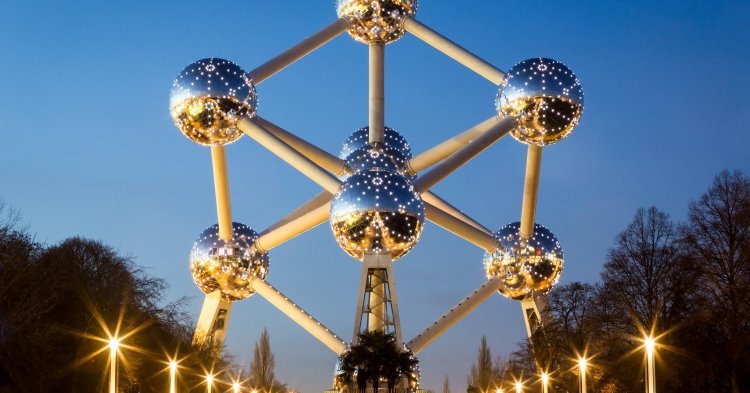The claim of a particular region being “the heart of Europe” is so widespread that it’s becoming a tired worn-out cliche. If we were to believe to all articles you can google declaring a city or a country the blood-pumping organ of the Western part of the Eurasian continent, we would be faced with a baffling map of scattered dots of “green”, “historical” and “administrative” hearts, from Slovenia to Poland and from Rome to Brussels. Commercialism even brought it so far that it has borrowed this so much desired title to name a cluster of six artificial islands about 4 kilometers off the coast of Dubai.
So, where does the real big European heart lie?
The question of the conditions set
One of the reasons for this messy confusion is the various parameters you can use. For instance, there are at the moment at least six candidates for the title of geographical centre of Europe, the reason being different methods of calculating the extreme points of the continent. Interestingly enough, nearly half of them lie in the Eastern European territories and are, from a Brussels point of view, seen more as a part of a region that is still to be conquered and taught what the true European values are.
That is why we have to make it crystal clear what we define as Europe. To take a linguistic approach, let’s take a look at a dictionary. The Online Cambridge Dictionary gives us three definitions:
1. the continent that is to the East of the Atlantic Ocean, to the North of the Mediterranean, and to the West of Asia
2. the European Union
3. (UK) the continent of Europe without including the UK
Europe or non-Europe
According to the dictionary, Europe is, at least in an English-speaking environment, quite often equated to the above-mentioned political and economic union. We find the same outcome in its Oxford counterpart. Therefore, it might be more sensible to rephrase the question and ask ourselves, what we do not perceive as being part of Europe.
For example, an Orientalist attitude towards the Balkan region has been strongly present in the last centuries and, being honest, it hasn’t changed that much. The members of the intelligentsia in Imperial Russia were in a wide and bitter disagreement on whether Russia and its people belong to Europe or to Asia and consequently, whom they should follow. A consensus on this dilemma hasn’t been reached in the biggest country in the world up to this moment. Then you have the term of Asia Minor which tells us a lot about the widespread perception of the position the Anatolia region on a European-oriented (world) map. Intriguingly enough, this name was first coined by the Christian historian Orosius from the 4th century to differentiate which parts of Asia had already been evangelised by the Apostle Paul.
The (academic) borders of “European Studies”
Last but not least, we should point out that the so-called European studies (at least on the continent we discuss at this very moment), as interdisciplinary as they are, are studies focused predominantly on the European Union and European integration.
To balance them a bit, other study courses and corresponding faculty departments, such as Russian, East European and South European studies, were established to do research on the post-communist soil, where expressions such as the Big Four, the Inner Six, the Outer Seven or the Blue Banana are in most cases distant and resemble a non-familiar reality from the other side of the Iron Curtain.
At the same time, the “iron” border which halved Europe in two, lasted only for some decades and not centuries. The founding members of the current EU did without any doubt contribute to the major change to the wider region but we should not forget that some places, located in the last century behind (or before, as you wish) the Curtain, far away from the headquarters of major EU institutions, were in the past much more deeply linked to the elder members of the European community. Take the Baltic states or the Czech Republic, to mention only some.
To sum it all up, I believe there are plenty of hearts beating out there all around Europe. We should only ask ourselves where Europe ends in our minds, as only its borders - psychological, historical or geographical - can give us the right answers.

Follow the comments: |
|
